Sheep are one of the oldest domesticated animals, playing an essential role in agriculture, ecosystems, and human culture for thousands of years. The term “infant sheep” refers to lambs, which are sheep in the early stages of life, typically from birth up to a few months of age. Understanding the environmental niche of infant sheep involves exploring their developmental needs, interactions with their surroundings, ecological roles, and the impact of human management practices on their well-being and survival.
This article delves into the environmental niche of infant sheep, examining their biological needs, habitat preferences, the role they play in agriculture, and their interactions with the environment. We will also explore the challenges infant sheep face, including predators, disease, and the importance of sustainable farming practices in maintaining healthy sheep populations and ecosystems.
Introduction to Sheep and Lambs
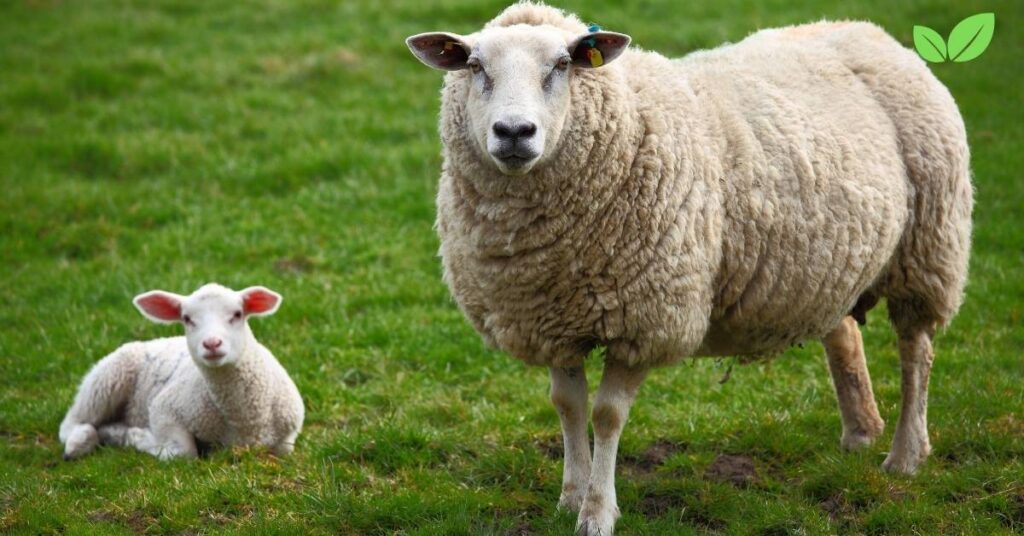
The Domestication of Sheep
Sheep (Ovis aries) were among the first animals domesticated by humans, with evidence of domestication dating back around 10,000 years in regions of the Near East. Throughout history, sheep have been raised for their wool, meat (lamb and mutton), milk, and hides. Over time, selective breeding has resulted in a wide variety of sheep breeds, each adapted to different climates and farming conditions. Today, sheep are raised in diverse environments, from the highlands of Scotland to the arid landscapes of Australia.
Infant sheep, or lambs, are a critical component of sheep farming and play a key role in the continuation of the species and the success of sheep-rearing practices. The early months of a lamb’s life are crucial for its development, health, and future productivity, whether it is raised for wool, meat, or breeding.
Understanding the Life Cycle of a Lamb
Lambs are born after a gestation period of approximately 145-150 days. Most lambs are born in the spring, aligning with the availability of fresh pasture in many regions, which ensures that nursing ewes have access to high-quality nutrition. Lambs are entirely dependent on their mothers for nourishment and protection in the first weeks of life, consuming milk until they are weaned and begin grazing on grass and other vegetation.
The growth and survival of lambs depend heavily on environmental factors, including the availability of food, shelter, protection from predators, and the health of the ewe. The early stages of life are especially critical, as infant sheep are vulnerable to harsh weather conditions, diseases, and predators.
Biological and Developmental Needs of Infant Sheep
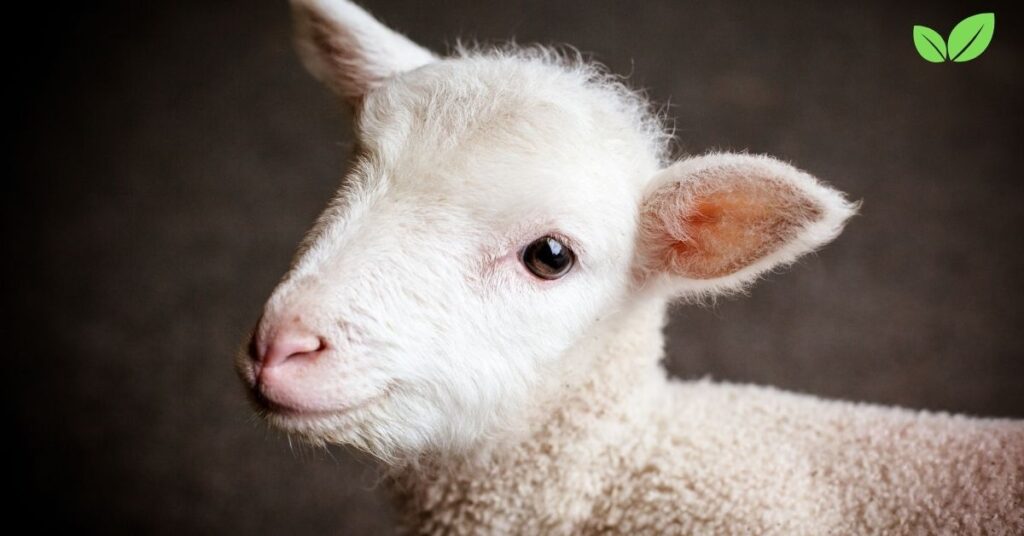
Nutritional Requirements
The primary food source for infant sheep is their mother’s milk, which provides all the essential nutrients needed for their early growth and immune system development. Lambs typically begin suckling shortly after birth, and the first milk they consume is colostrum, which is rich in antibodies that help protect the newborn against infections. Colostrum is essential for the health of lambs, as it boosts their immune system and provides energy to maintain body temperature.
During the first few weeks of life, lambs nurse frequently, receiving the nourishment necessary for rapid growth. Ewes’ milk is high in fat, protein, and energy, which is vital for lambs during their early development. However, as lambs grow, they gradually begin to explore their environment and start nibbling on grasses and forages, a process known as “creep feeding,” which helps transition them from milk to solid food.
By the time they are weaned, typically at 8 to 12 weeks of age, lambs have adapted to a diet of grasses and other vegetation, which will sustain them throughout their lives. Proper nutrition during the early months is crucial for the overall health and growth of lambs, and farmers often supplement the diets of ewes and lambs with minerals and vitamins to ensure optimal development.
Shelter and Climate Considerations
Infant sheep are particularly vulnerable to temperature extremes and inclement weather, especially during the first days of life when they have limited ability to regulate their body temperature. Cold, wet, or windy conditions can lead to hypothermia and death in newborn lambs, making shelter essential for their survival.
In traditional sheep farming, lambs and their mothers are often kept in sheltered areas such as barns or sheds during lambing season, particularly in regions with harsh winters or unpredictable weather. The shelter provides protection from cold, rain, snow, and wind, reducing the risk of exposure-related mortality.
Conversely, in hot climates, lambs need access to shade to prevent overheating and dehydration. Ensuring a comfortable environment for lambs is a critical aspect of sheep farming, particularly in the early days after birth.
Social and Behavioral Needs
Sheep are social animals, and infant sheep form strong bonds with their mothers, a behavior known as “bonding.” This bond is essential for the survival of the lamb, as the ewe provides nourishment, protection, and warmth. Newborn lambs can identify their mothers by scent and vocalizations, and they quickly learn to stay close to their mothers for safety.
Lambs are also highly social within the flock and begin interacting with other lambs soon after birth. These early social interactions are important for their development, as they learn to navigate the social structure of the flock and develop behaviors that will help them integrate as they grow.
Separation from the ewe too early can cause stress and have negative consequences for the health and development of the lamb. In farming practices, careful attention is paid to the timing of weaning to ensure that the lamb is fully prepared to thrive on its own.
Habitat Preferences and Environmental Interactions
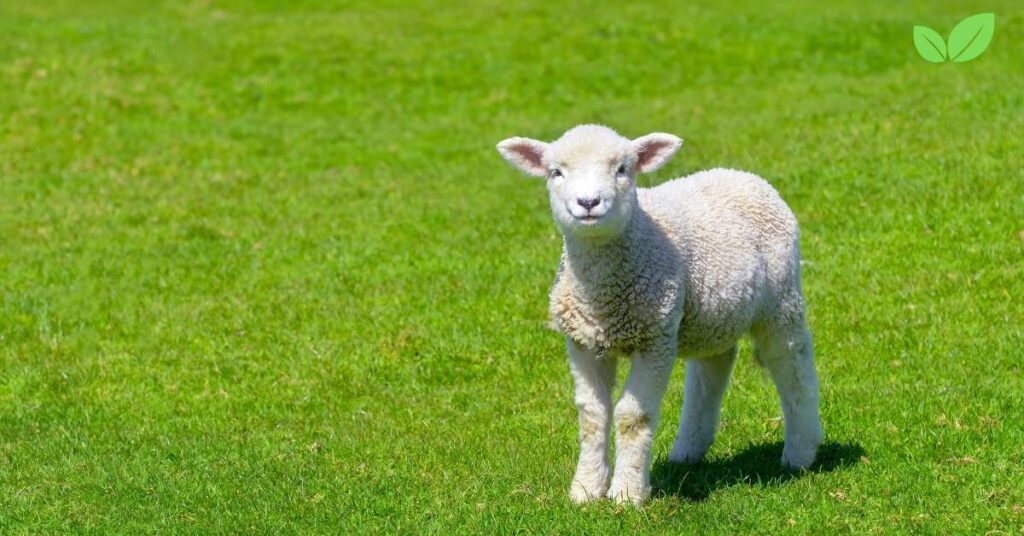
Grazing Habits and Pasture Management
As herbivores, sheep rely on grasses and forages as their primary food source. In the wild or in free-range farming systems, infant sheep begin grazing alongside their mothers once they are a few weeks old. Their diet shifts from milk to solid foods, with young lambs starting to consume grasses, legumes, and other forages available in their habitat.
The environmental niche of infant sheep includes a preference for open, grassy areas where they can graze safely. Well-managed pastures provide not only food but also space for lambs to roam, exercise, and socialize with other members of the flock. The health of the pasture is crucial for the health of the sheep, and overgrazing can lead to degraded soil, loss of plant biodiversity, and reduced food availability for the flock.
Rotational grazing systems are often used in sustainable sheep farming to prevent overgrazing. In such systems, flocks are moved between different pasture areas, allowing the land to recover and regenerate between grazing periods. This practice helps maintain the quality of the pasture and ensures that lambs have access to fresh, nutrient-rich forages.
Impact of Habitat on Lamb Health and Growth
The quality of the habitat in which lambs are raised has a direct impact on their health and growth. Nutrient-rich pastures support the development of strong, healthy lambs, while poor-quality pastures lacking in diversity or overgrazed areas can lead to malnutrition and stunted growth. Lambs need access to a variety of plants to meet their nutritional needs, and the presence of diverse forages such as clovers, grasses, and herbs contributes to their overall health.
In addition to food, the habitat also provides lambs with protection from predators. Open fields allow sheep to see approaching predators and give them space to escape if necessary. In some farming systems, guardian animals such as dogs, donkeys, or llamas are used to protect the flock from predators like foxes, wolves, or birds of prey.
Interaction with Predators and Threats
Infant sheep are highly vulnerable to predators due to their small size, limited mobility, and dependence on the protection of their mothers and the flock. Predation is a major concern for sheep farmers, particularly in regions where natural predators such as wolves, coyotes, or large birds of prey are present.
To reduce the risk of predation, farmers often use various strategies, such as keeping sheep in enclosed areas at night, using fencing, and employing guardian animals to protect the flock. In some regions, predator management programs are in place to balance the conservation of predators with the need to protect livestock.
The Role of Infant Sheep in Agriculture and Ecosystems
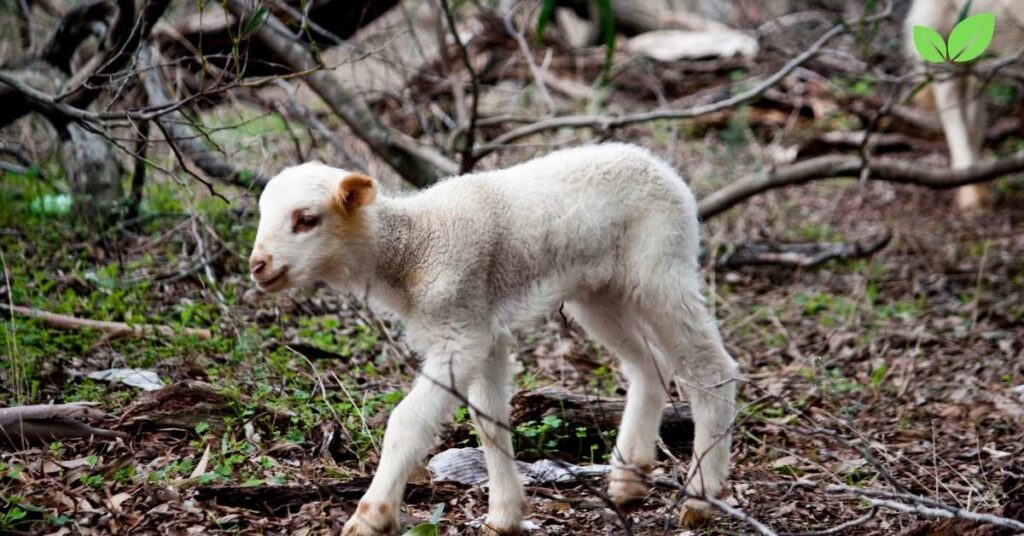
Livestock Farming and the Economic Importance of Lambs
Infant sheep, or lambs, are integral to the success of sheep farming, contributing to the production of wool, meat, and, in some regions, dairy products. Lambs represent the future of the flock, and their health and growth directly impact the productivity and profitability of sheep farms.
Lamb meat, known as lamb, is a highly valued product in many parts of the world, and the demand for lamb meat contributes significantly to the agricultural economy. In regions like the Middle East, Europe, and parts of Asia, lamb is a staple in traditional diets. The quality of lamb meat is influenced by factors such as diet, breed, and environmental conditions, making proper nutrition and habitat management essential for producing high-quality lamb.
In addition to meat, wool production is another major aspect of sheep farming. While lambs do not produce significant amounts of wool early in life, their health and growth during infancy set the stage for future wool production. Wool from sheep, particularly Merino sheep, is prized for its softness, durability, and natural properties, making it a valuable commodity in the textile industry.
Ecological Benefits of Sheep Farming
Beyond their economic value, sheep farming can also have positive ecological impacts when managed sustainably. Sheep are natural grazers and can contribute to the maintenance of grassland ecosystems. Through their grazing habits, sheep help control the growth of invasive plant species and promote plant diversity by keeping grasslands from becoming overgrown with certain types of vegetation.
In addition, the manure produced by sheep acts as a natural fertilizer, enriching the soil with nutrients and promoting the growth of healthy plants. This natural fertilization process is an important component of nutrient cycling in ecosystems and contributes to soil health and agricultural sustainability.
In some regions, sheep are also used in conservation grazing programs, where they are introduced to natural landscapes to help maintain the health of grasslands, meadows, and other habitats. These programs recognize the role of sheep in preventing habitat degradation and promoting biodiversity.
Challenges Facing Infant Sheep
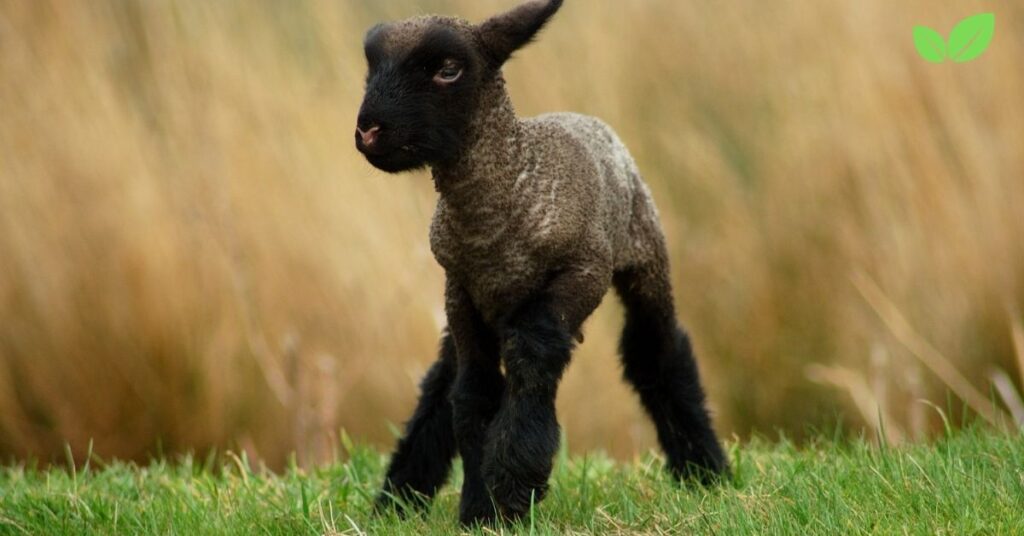
Disease and Health Concerns
Infant sheep are particularly susceptible to a range of diseases and health issues that can threaten their survival. One of the most common challenges facing newborn lambs is pneumonia, which can develop in cold, wet conditions or in poorly ventilated shelters. Other health concerns include clostridial diseases (such as tetanus), parasites, and scours (diarrhea caused by bacterial or viral infections).
To prevent disease, farmers must ensure that lambs receive adequate colostrum shortly after birth, as this provides the antibodies necessary to fight infections. Vaccinations, proper sanitation of pens and shelters, and good nutrition are also critical in keeping infant sheep healthy.
Parasites, including gastrointestinal worms, are another major concern in lambs, as they can lead to weight loss, anemia, and death if left untreated. Regular deworming and pasture management practices, such as rotational grazing, can help reduce the risk of parasitic infections.
Predation and Human-Wildlife Conflict
As previously mentioned, predation is a significant threat to infant sheep, particularly in areas where large carnivores are present. Human-wildlife conflict arises when predators such as wolves, coyotes, or birds of prey target lambs as an easy food source. While predators play a natural role in ecosystems, their impact on livestock can lead to tension between farmers and wildlife conservation efforts.
Many farmers employ non-lethal methods to protect their flocks, such as the use of guardian animals, electric fencing, and night-time enclosures. These strategies aim to reduce predation while minimizing harm to natural predator populations.
Climate Change and Environmental Pressures
Climate change poses an emerging threat to sheep farming and the health of infant sheep. Changes in temperature, precipitation patterns, and the frequency of extreme weather events can disrupt traditional lambing seasons, alter pasture availability, and increase the risk of disease outbreaks.
For example, warmer temperatures may lead to an increase in parasite populations, while drought conditions can reduce the availability of high-quality forage. Conversely, extreme cold and heavy snowfall can threaten lamb survival during the lambing season, particularly in regions that experience harsher winters.
Farmers are increasingly adopting adaptive practices to cope with the challenges posed by climate change. These practices include adjusting lambing times, improving shelter infrastructure, and using climate-resistant forage varieties to ensure the long-term sustainability of sheep farming.
Conclusion: The Environmental Niche of Infant Sheep
Infant sheep, or lambs, occupy a crucial niche within agricultural systems and natural ecosystems. Their biological needs, such as nutrition, shelter, and socialization, are intricately tied to the environments in which they are raised. Sustainable management of pastures, protection from predators, and careful attention to health and nutrition are essential for the survival and growth of lambs.
Beyond their role in agriculture, lambs and sheep contribute to ecosystem health through their grazing habits, which help maintain grassland biodiversity and promote soil fertility. However, infant sheep face numerous challenges, from disease and predation to the impacts of climate change, which require careful management and adaptation.
By understanding the environmental niche of infant sheep and implementing sustainable farming practices, farmers and conservationists can ensure the continued health and productivity of sheep populations while maintaining the balance of ecosystems that depend on these important herbivores.

